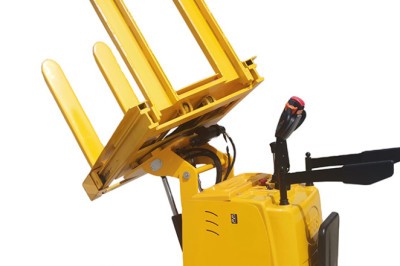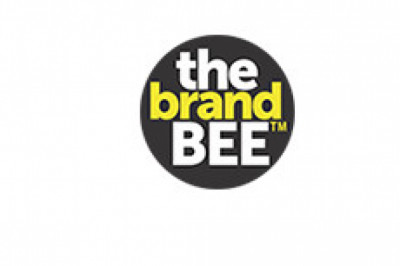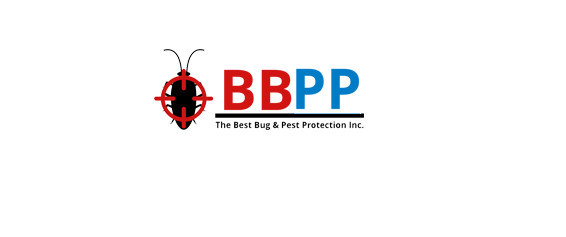views
Cold chain logistics plays a crucial role in India's rapidly evolving supply chain ecosystem, ensuring the safe and efficient transportation of temperature-sensitive goods. From pharmaceuticals and agriculture to dairy and seafood, maintaining optimal temperature control throughout the supply chain is essential. So as to preserve product quality, reduce spoilage, and extend shelf life. This article provides a comprehensive overview of cold chain logistics in India, highlighting the prominent companies operating in the sector, the market size and growth prospects, as well as the various services and solutions offered.
Market size and growth of cold chain logistics
India's cold chain logistics market has experienced significant growth in recent years, driven by a combination of factors. With a current market valuation, industry analysts project robust expansion in the coming years. Several factors are influencing this growth, including the increased demand for perishable goods, the expansion of e-commerce and digital platforms, including online grocery delivery, technological advancements and automation in the sector.
Regional market analysis of cold chain logistics
The cold chain logistics market in India varies across regions, with certain areas driving market growth more prominently. The major regions contributing to the growth of the cold chain logistics industry in India include metropolitan cities such as Mumbai, Delhi, Bangalore, Chennai, and Kolkata. These regions have a high concentration of industries that rely heavily on temperature-controlled logistics, such as pharmaceuticals, dairy, and agriculture.
Additionally, emerging markets in Tier 2 and Tier 3 cities are witnessing increased demand for cold chain logistics solutions. As these regions experience economic growth, the need for reliable temperature-controlled storage and transportation facilities becomes paramount. This presents immense growth potential for cold chain logistics companies in India.
Factors influencing market growth
Several factors are fueling the growth of the cold chain logistics industry in India. These are:
· Firstly, there is a rising demand for perishable goods due to changing consumer preferences, urbanisation, and an increase in disposable incomes. This demand extends to sectors like pharmaceuticals, fresh produce, dairy products, and frozen foods.
· Secondly, the rapid expansion of e-commerce and online grocery delivery platforms has created a need for robust cold chain infrastructure to ensure the safe and timely delivery of temperature-sensitive products to customers' doorsteps. This has led to increased investments in cold storage facilities, refrigerated transportation, and last-mile delivery solutions.
· Furthermore, technological advancements and automation have played a significant role in optimizing cold chain logistics operations in India. Implementation of IoT-enabled sensors and data loggers allows real-time monitoring of temperature, humidity, and other environmental factors, ensuring product integrity and quality throughout the supply chain. Advanced analytics platforms provide valuable insights for efficient inventory management, route optimisation, and predictive maintenance.
Services and solutions in cold chain logistics
Cold chain logistics in India encompasses a range of services and solutions to maintain temperature control throughout the supply chain:
· Temperature-controlled storage and warehousing: Cold storage facilities equipped with advanced refrigeration systems and temperature monitoring technologies are essential for preserving the quality of perishable goods. Additionally, warehouse management systems (WMS) enable efficient inventory management, order fulfilment, and optimised storage capacity utilisation.
· Transportation and distribution: Refrigerated trucks, containers, and specialised vehicles ensure the safe and reliable transportation of temperature-sensitive products across various distances. Last-mile delivery solutions have become increasingly important, ensuring the seamless delivery of perishable goods to retail locations or directly to consumers' doorsteps.
· Monitoring and tracking technologies: IoT-enabled sensors and data loggers are used to monitor and track environmental conditions in real-time. This helps to ensure compliance with temperature and humidity requirements, allowing for proactive measures to maintain product integrity and quality. Real-time visibility and analytics platforms enable stakeholders to make data-driven decisions, optimise routes, and improve overall operational efficiency.
Challenges and future trends in cold chain logistics
Despite the growth prospects, cold chain logistics in India faces various challenges. Regulatory compliance and quality assurance are critical considerations, as adherence to temperature control standards and safety regulations is crucial to maintain product integrity and consumer trust. Additionally, preserving product quality and preventing spoilage throughout the supply chain remains a significant challenge.
Addressing environmental concerns and adopting sustainable practices are increasingly important in the cold chain industry. Companies are exploring eco-friendly refrigeration systems, optimising energy consumption, and implementing waste management practices to reduce the environmental impact.
Emerging technologies such as blockchain and artificial intelligence (AI) hold tremendous potential for cold chain logistics in India. Blockchain can enhance transparency, traceability, and trust in the supply chain, while AI can help optimise operations through predictive analytics, demand forecasting, and intelligent routing.
Integration of cold chain logistics with global supply chains is another significant trend. With the globalisation of trade, seamless coordination between various stakeholders across borders becomes crucial for efficient and secure temperature-controlled transportation.
Disclaimer: The authors, editors, and publishers of this article do not accept any responsibility or liability for any errors, omissions, inaccuracies, or outdated information contained herein, or for any actions taken based on the content of this article. Readers are solely responsible for their own decisions and actions.











